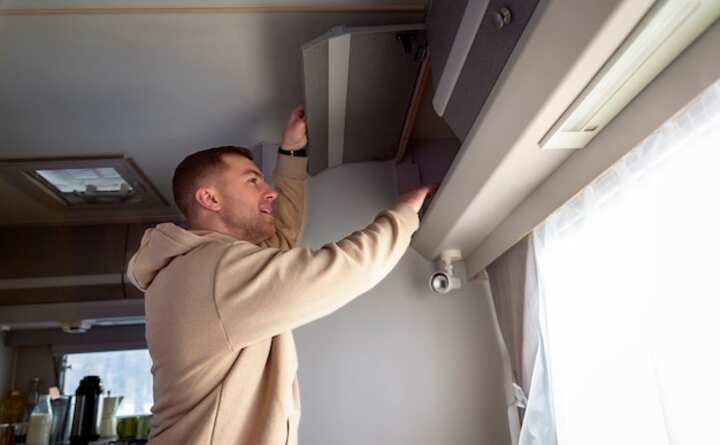
Professional Dry Fog Mold Removal Cost-Effective Solutions for Mold Infestations
Mold infestations can pose significant health risks and cause extensive damage to properties if not addressed promptly and effectively. Among the various methods available, professional dry fog mold removal stands out as a cost-effective solution. Utilizing advanced technology, this method ensures thorough mold eradication while minimizing disruption to the property. This article explores how dry fog mold removal works, its benefits, and considerations for choosing this method over traditional mold remediation techniques.
Understanding Dry Fog Mold Removal
Dry fog mold removal is an innovative technique that involves the use of a specialized fogging device to disperse a fine mist of antimicrobial agents. This mist penetrates deep into porous surfaces where mold spores reside, effectively neutralizing them without leaving moisture behind. The process is completed quickly, making it an attractive option for those seeking efficient mold remediation.
Benefits of Dry Fog Mold Removal
Comprehensive Coverage
- The fine mist reaches every nook and cranny, ensuring complete coverage and eradication of mold spores.
- Effective in treating both visible mold and hidden mold spores in walls, ceilings, and HVAC systems.
- Reduces the likelihood of mold returning, offering a long-term solution.
- Read more about this topic.
Minimal Disruption
- Does not require tearing down walls or extensive renovations, preserving the integrity of the property.
- Quick application process allows occupants to return to their daily routines faster.
- Non-toxic and safe for use in residential and commercial settings.
- Learn more in this detailed guide.
Cost-Effectiveness
- Eliminates the need for costly demolition and reconstruction.
- Reduces labor costs due to the efficiency and speed of the process.
- Long-term savings by preventing future mold outbreaks.
- Explore further insights here.
Considerations for Choosing Dry Fog Mold Removal
Property Assessment
Before opting for dry fog mold removal, a thorough assessment of the property is necessary to determine the extent of the infestation and suitability of this method. Professional inspection can identify the type of mold and the most effective treatment plan.
Expertise and Equipment
- Ensuring the service provider is experienced and uses state-of-the-art equipment is crucial for effective mold removal.
- Licensed and trained professionals can guarantee the safe and effective application of dry fogging techniques.
- Find additional information here.
Post-Treatment Verification
After treatment, conducting air quality tests and visual inspections can confirm the complete removal of mold. This step is vital to ensure that the environment is safe and healthy for occupants.
Conclusion
Professional dry fog mold removal offers a modern, efficient, and cost-effective solution for tackling mold infestations. With its ability to reach hidden spores and its minimal disruption, it provides a compelling alternative to traditional methods. However, it is essential to engage with qualified professionals and ensure proper assessment and follow-up to achieve the best results. For those dealing with mold issues, exploring dry fog mold removal could provide the peace of mind and long-term protection needed. Learn more in this detailed guide.